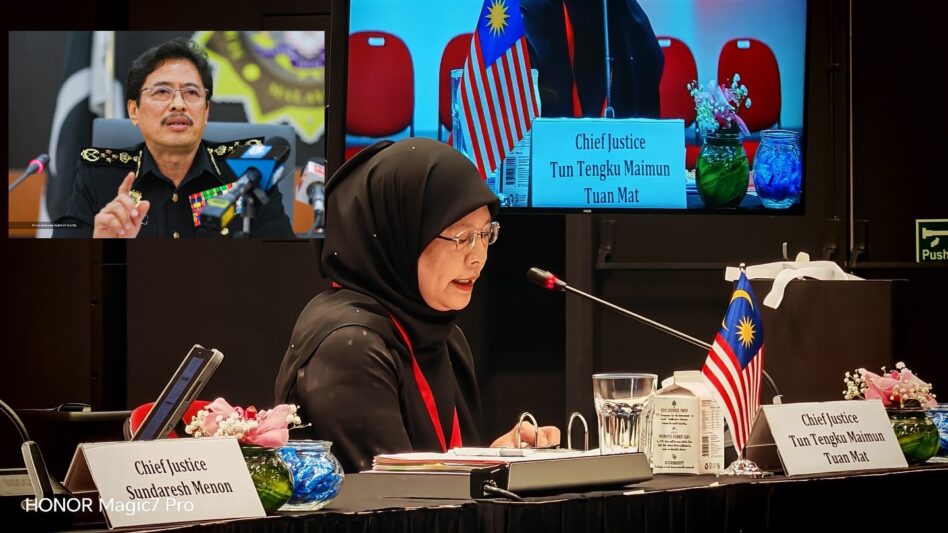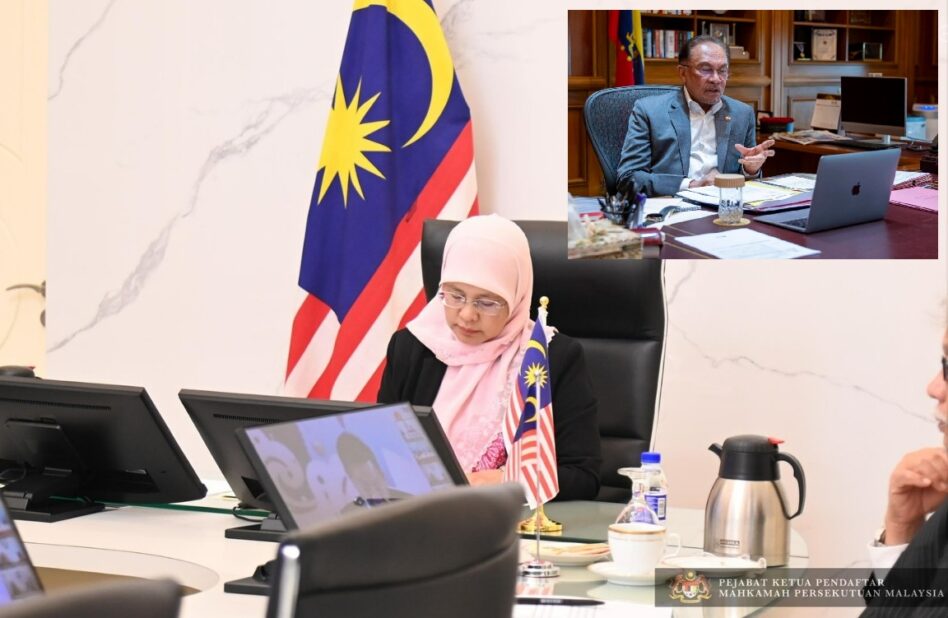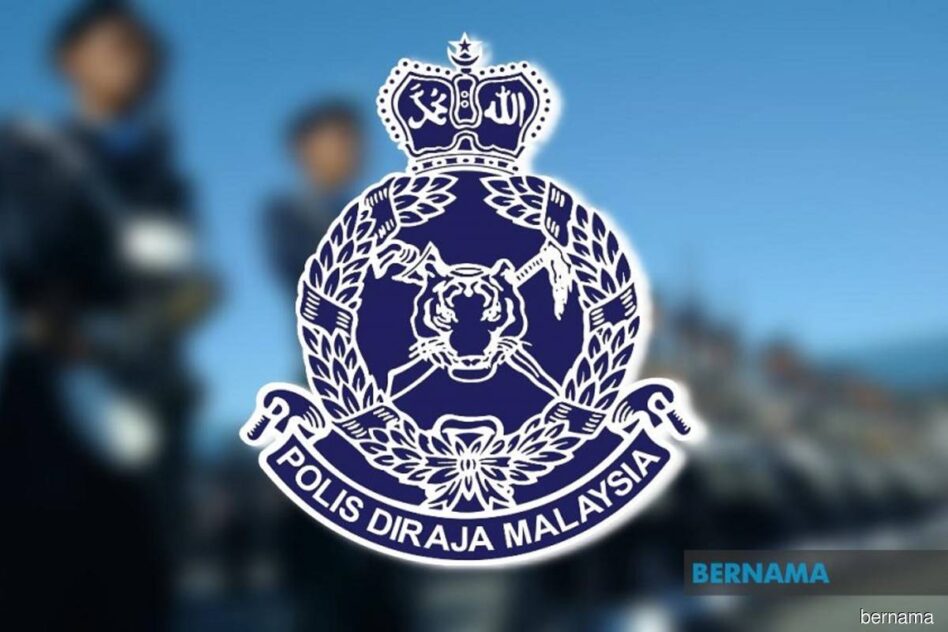By P Gunasegaram
ANY full-service carrier (FSC) whose recovery is based entirely on cost-cutting primarily through elimination of unprofitable routes and staff layoffs which result in poorer service is bound to fail.
So it is no surprise that Malaysia Airlines Bhd (MAB), operator of the national carrier, failed despite sole shareholder Khazanah Nasional Bhd’s injection of RM6 bil in funds in 2014 and an elaborate turnaround programme.
The maximisation of revenues of every single route is key to any turnaround, not just the overall figures because each flight has its own price structure and demand and supply characteristics.

The best airlines are likely to have many different prices for fares even within the same class depending on the time of booking, the customer segment, season, holidays, times and many other factors.
Thus any FSC worth its salt has to get its revenue management system right if it wants to make money, even if it has all the other right ingredients such as good service, airline standards, great seats etc. That is the FSC model.
At the other end of the spectrum is the low-cost carrier (LCC) which also maximises revenue but whose competitive advantage is the price – it cuts costs to the bone to be able to offer the lowest cost which usually means service levels are low.
Thus FSCs who think that their model is to also compete with LCCs can get things rather mixed up as did Malaysia Airlines which mistakenly seems to have targeted AirAsia as its competitor all these years, and consequently seeing its passenger yield stuck at low levels.
Thus, although it has a cost advantage through a lower CASK compared to other airlines, MAB’s low yield which translates to a low RASK has made it impossible for MAB to make profits.
This is not to say that FSCs can’t mitigate losses by dropping fares, they can when demand is low, sometimes even offering zero fares because the fuel surcharge mitigates the losses made. But it does not happen all the time. It is necessary to know what you do and when.
Right now, there are two bids on the table for MAB’s turnaround, one from FSC Japan Airlines (JAL), Asia’s largest and currently considered to be the best in the world. The other is home-grown, low-cost champion AirAsia Group Bhd, consistently rated as the best low-cost airline in Asia and among the best in the world.
They have different things to offer. JAL promises a RM1.12 bil injection of funds in return for a 25% stake, using KLIA as a hub, and its own considerable expertise in turnaround, international routes and improving service levels and smaller synergies of as much as RM360 mil. JAL will help improve Malaysia’s connectivity to the rest of the world.
AirAsia offers much larger synergies of RM1.4 bil, a lot of which could come from route rationalisation which may include raising fares and hence yields. In fact, AirAsia wants Khazanah and the government to handle competitive issues which the acquisition would raise.
The AirAsia acquisition will result in Malaysia Airlines losing its identity, not necessarily a bad thing, but also Khazanah has to pay RM8-10 bil in costs involving aircraft rationalisation and taking off legacy debts.
There is no such condition for JAL as Khazanah retains control but there may be a need for continuing injection of funds until MAB turns cash positive. But JAL’s synergies of up to RM360 mil may be understated given that revenue management does not seem to have been taken into account. Things could be a lot better if it got that right.
The positive thing about JAL is that it has recent experience of doing exactly that – from a bankrupt airline in 2010, it turned around to make a US$8.5 bil IPO in 2012.
It involved cost-cutting of course but not just – the airline was shrunk by disposing of clearly unprofitable routes while service levels were improved on existing routes. JAL rallied employees behind it and showed healthy yield improvement which could only have come about through revenue management. It had clear plans and targets.
If JAL’s own experience is not enough in terms of what revenue management can do, let’s look at Malaysia Airlines’ own experience. The yield comparison chart tells its story.

When Idris Jala took over as CEO of the then Malaysia Airlines in December 2005, yields, an indication of average fares, were languishing at around 5.5 US cents per RPK. By 2007 and 2008, it had surged to rival and eventually surpass industry leader SIA’s at around 8.5 US cents per RPK. The result – an unprecedented profit of RM852 mil in 2007, a very firm turnaround.
The table of airline statistics for 2018 says the same pathetic story still – look at Malaysia Airline’s RASK – 5.4 US cents per ASK, the lowest.

It’s less than half AirAsiaX’s (a low-cost long-haul carrier), exemplifying exactly where Malaysia Airline’s problems lie – charging too little for its full services. Remember, it used to be a 5-star airline before and it can get there along with SIA, Cathay, Garuda, and Japan Airlines who are already there.
Malaysia Airlines must fix its yield if it is to succeed. Just maybe JAL would form the best strategic fit with MAB and the best chance to fix yields and make a true turnaround of a full-service carrier that Malaysia Airlines has always been.
That may be better than AirAsia’s which may harm customers through higher fares and won’t do much more for hubbing and international connectivity in terms of the national equation.
Let’s give Malaysia Airlines one last chance. – Feb 4, 2020
Earlier story:
Part 1: Should Malaysia Airlines be shut down for good?









